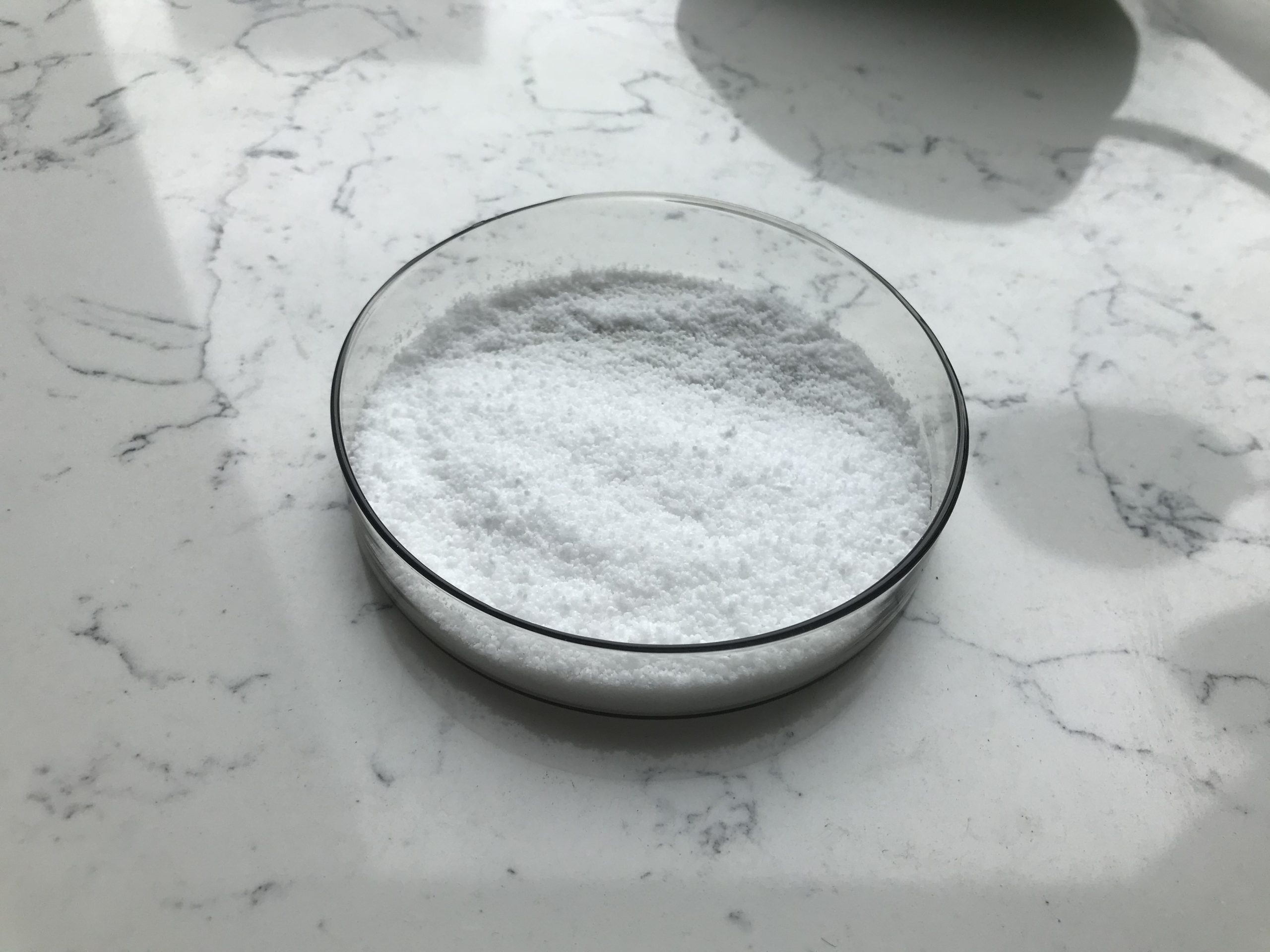Poloxamer 407, also known by its trade name Pluronic F127, is a nonionic block copolymer surfactant that consists of hydrophilic polyethylene oxide (PEO) and hydrophobic polypropylene oxide (PPO) blocks. It is used in various pharmaceutical and cosmetic formulations due to its unique properties. Here are some of the pros and cons of Poloxamer 407:
Pros of Poloxamer 407:
Solubilization: Poloxamer 407 can enhance the solubility of hydrophobic drugs in aqueous solutions. This property is particularly valuable in pharmaceuticals to improve the bioavailability of poorly water-soluble drugs.
Thermoreversible gelation: Poloxamer 407 forms a gel at lower temperatures but remains a liquid at room temperature or higher. This behavior is useful for creating thermosensitive gels and drug delivery systems that can release drugs in response to temperature changes.

Biocompatible: Poloxamer 407 is generally considered safe and well-tolerated by the human body, making it suitable for use in medical and cosmetic products.
Minimal toxicity: It has low acute toxicity, which is an important consideration in pharmaceutical and biomedical applications.
Stable in a wide pH range: Poloxamer 407 remains stable over a broad pH range, which makes it versatile for formulating products with different pH requirements.
Compatibility with a wide range of active ingredients: It can be used with various pharmaceutical and cosmetic actives without affecting their stability.
Controlled drug release: Poloxamer 407 can be employed in drug delivery systems to control the release of drugs, providing sustained and localized therapeutic effects.
Cons of Poloxamer 407:
Variable properties: The properties of Poloxamer 407 can vary depending on factors such as temperature and concentration, which may complicate formulation development.
Limited mechanical strength: The gels formed by Poloxamer 407 are relatively weak, which can be a disadvantage in some applications where stronger gels are required.
Can be expensive: Poloxamer 407 can be relatively costly, especially when used in large-scale pharmaceutical formulations, which may impact the cost of the final product.
Limited stability at high temperatures: At high temperatures, Poloxamer 407 gels may lose their structure and become liquid, which can be problematic for some applications.
Potential allergic reactions: While rare, some individuals may be sensitive or allergic to Poloxamer 407, which can lead to adverse skin reactions when used in cosmetics or topical formulations.
Regulatory concerns: Depending on the country and regulatory agency, Poloxamer 407 may have specific usage limitations, which can affect its applicability in certain products.
Overall, Poloxamer 407 has numerous advantages, particularly in drug delivery systems and cosmetic formulations. However, its properties and potential limitations should be carefully considered when formulating products to ensure it is suitable for the intended application. It’s important to adhere to regulatory guidelines and conduct appropriate safety assessments when using Poloxamer 407 in pharmaceutical and cosmetic products.
